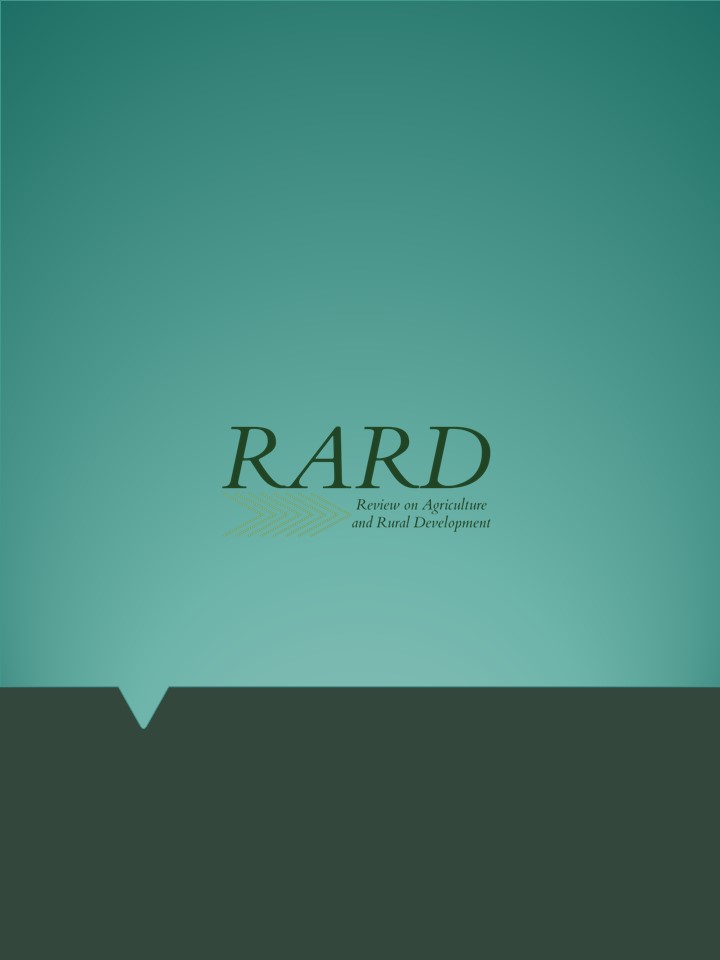Receptivity of injured and aged coconut petiole for oviposition by red palm weevil Rhynchophorus ferrugineus (Coleoptera: Curculionidae)
Main Article Content
Absztrakt
Red palm weevil, Rhynchophorus ferrugineus (Coleoptera: Curculionidae) is a key pest of palm-based ecosystem. Globally R. ferrugineus is reported from 50 countries infecting 40 palm species. R. ferrugineus are attracted to wounded, damaged, dying palms or apparently healthy palms. R. ferrugineus gains entry into a palm when female weevils are drawn to palm tissue volatiles to lay eggs. The females use the rostrum to bore into palm tissue to form a hole for oviposition. Because of its cryptic feeding habit management of R. ferrugineus is difficult leading to death of palms. The laboratory study was conducted with the aim to assess the ovipositional preference of injured and aged coconut petiole (var. Benaulim) to red palm weevil R. ferrugineus (Coleoptera: Curculionidae). Results reveals that freshly injured coconut petiole was most preferred for egg laying by R. ferrugineus (mean egg lay: 4.11) and was statistically at par with one and two-day old, injured coconut petiole, indicating that injuries and wounds on coconut petiole between 0-2 days after damage emit palm volatiles that are most attractive to female R. ferrugineus adults for egg laying. It concludes that injured part should be treated with effective insecticides immediately after damage to prevent further losses.
